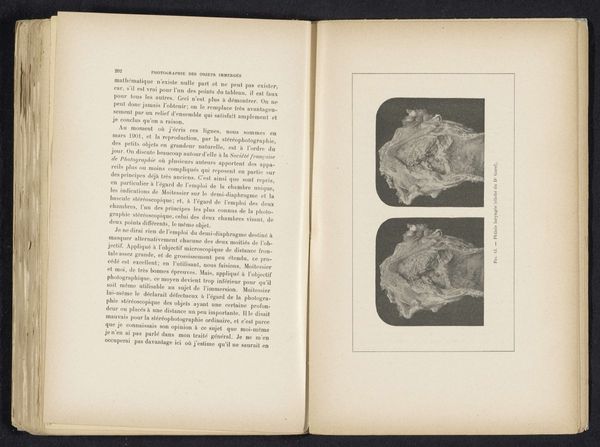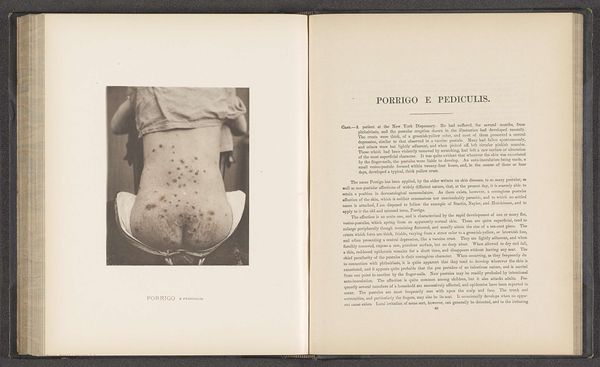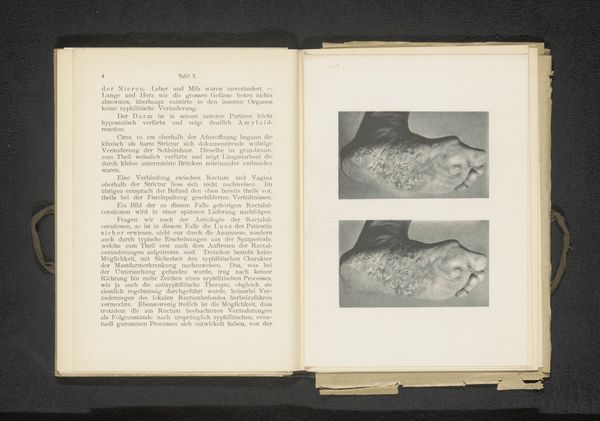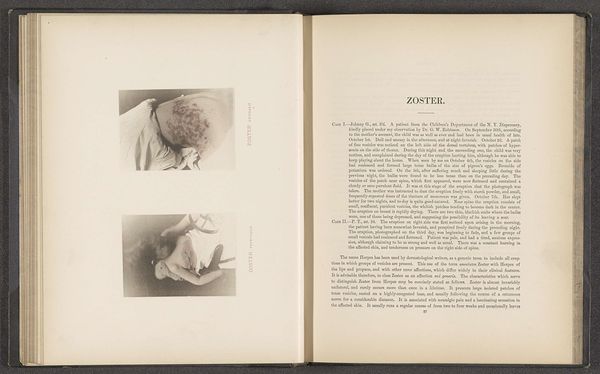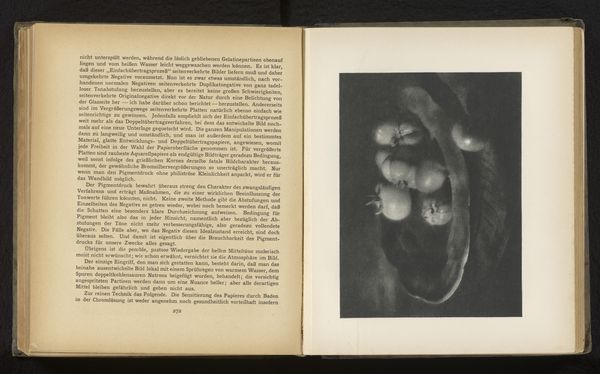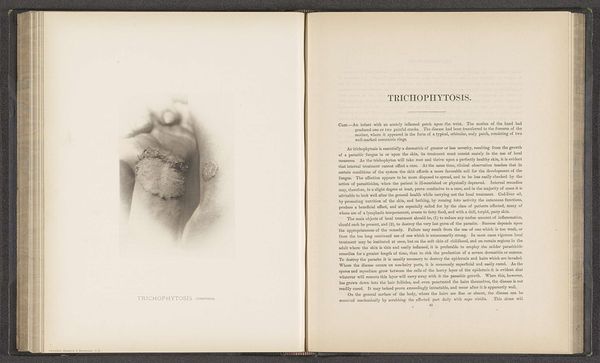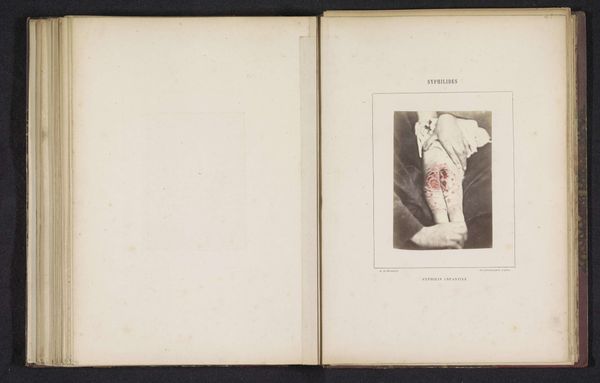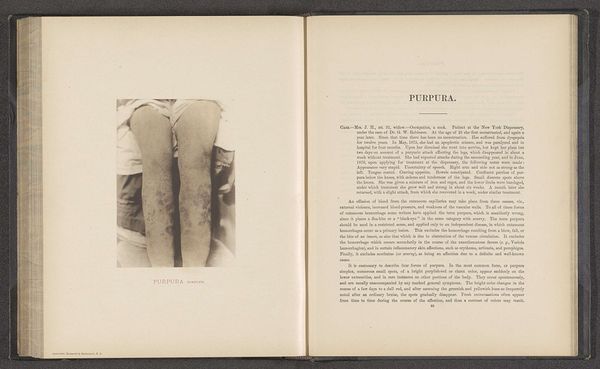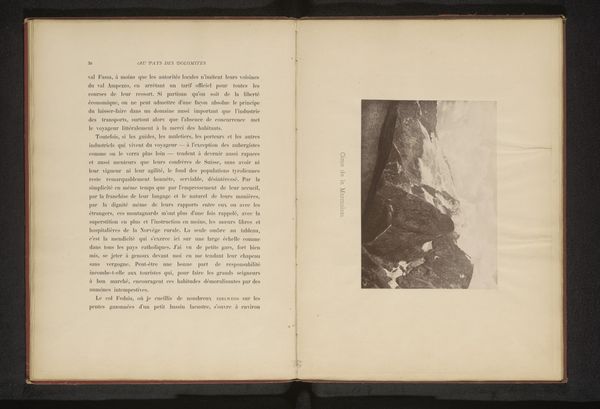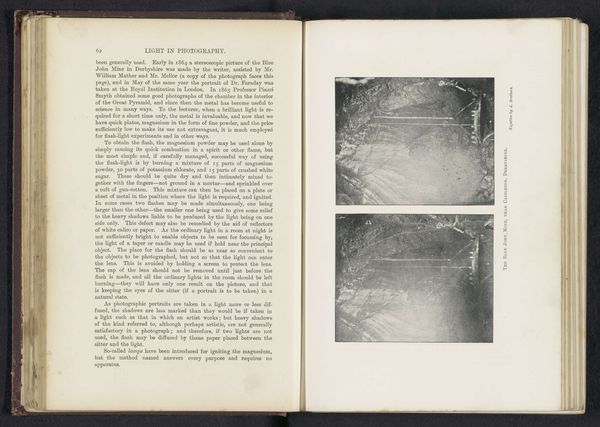
photography, gelatin-silver-print
#
portrait
#
photography
#
gelatin-silver-print
Dimensions: height 125 mm, width 86 mm, height 124 mm, width 85 mm, height 294 mm, width 226 mm
Copyright: Rijks Museum: Open Domain
This is a photograph of patients suffering from morphœa and scleroderma. It was made anonymously, and it is undated. Photography in the nineteenth century became an important tool in scientific and medical research, offering new ways to document and study the human body. Consider the politics of imagery here. These images would have been used to classify and categorize diseases. At the time, the photographic medium was also intertwined with ideas about objectivity. How might the depiction of disease reflect broader social attitudes towards health, illness, and the body? Where did these people come from? What was their social class? What was the institutional setting in which these photographs were produced and circulated? Answering such questions requires research in the history of medicine, photographic history, and social history, highlighting the importance of context in understanding such material.
Comments
No comments
Be the first to comment and join the conversation on the ultimate creative platform.

